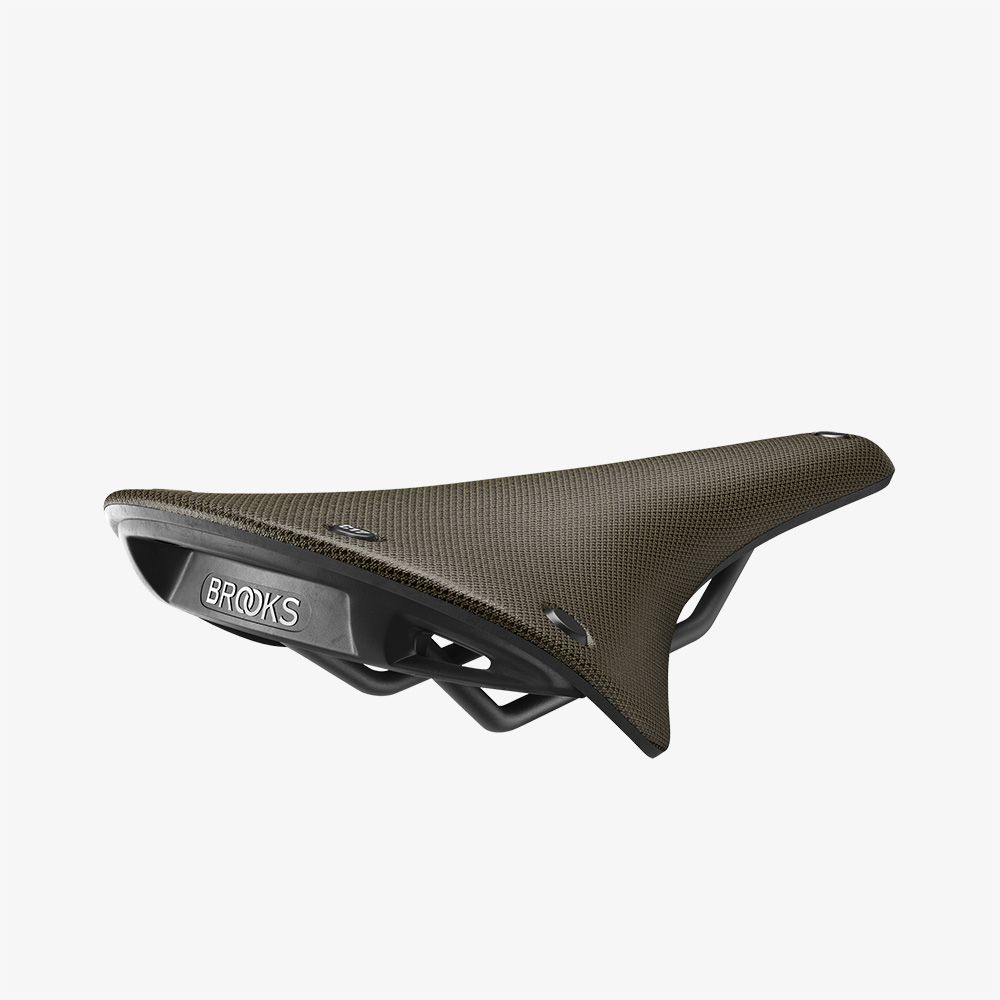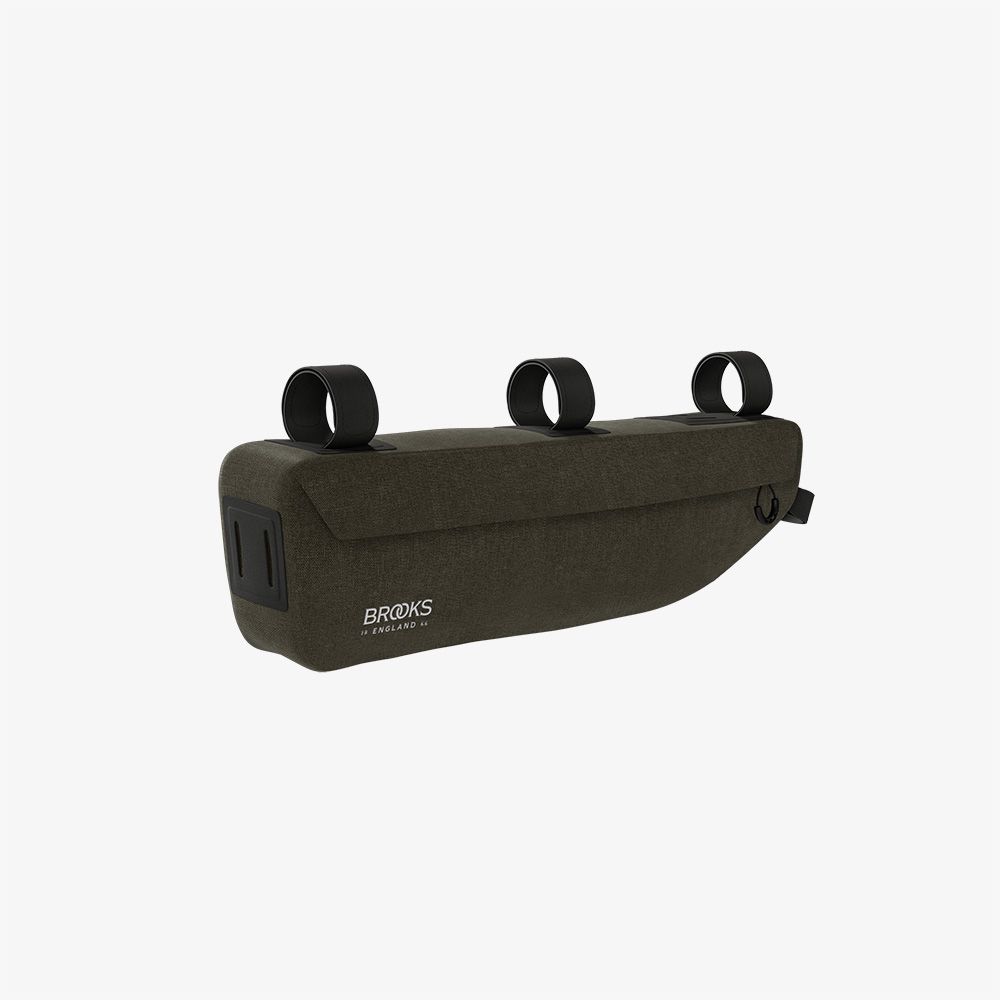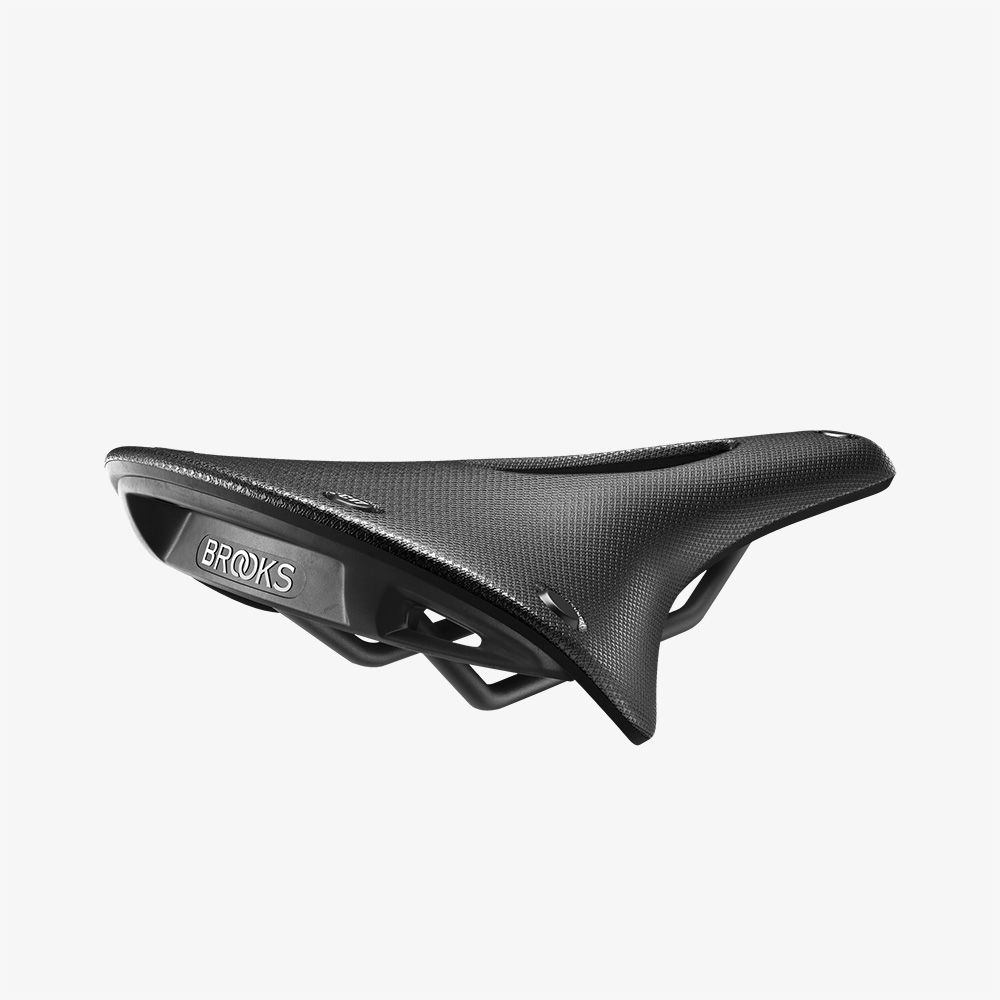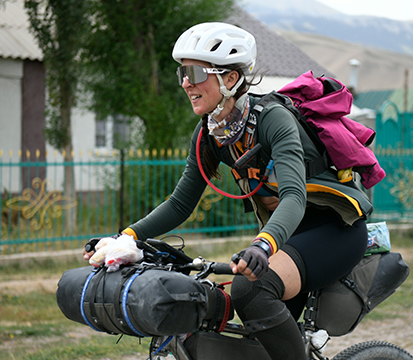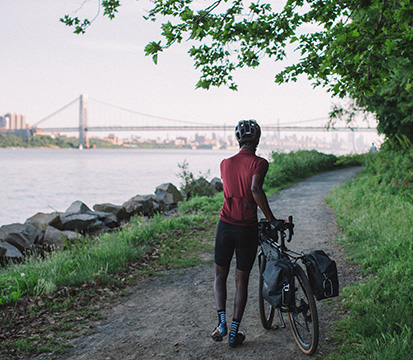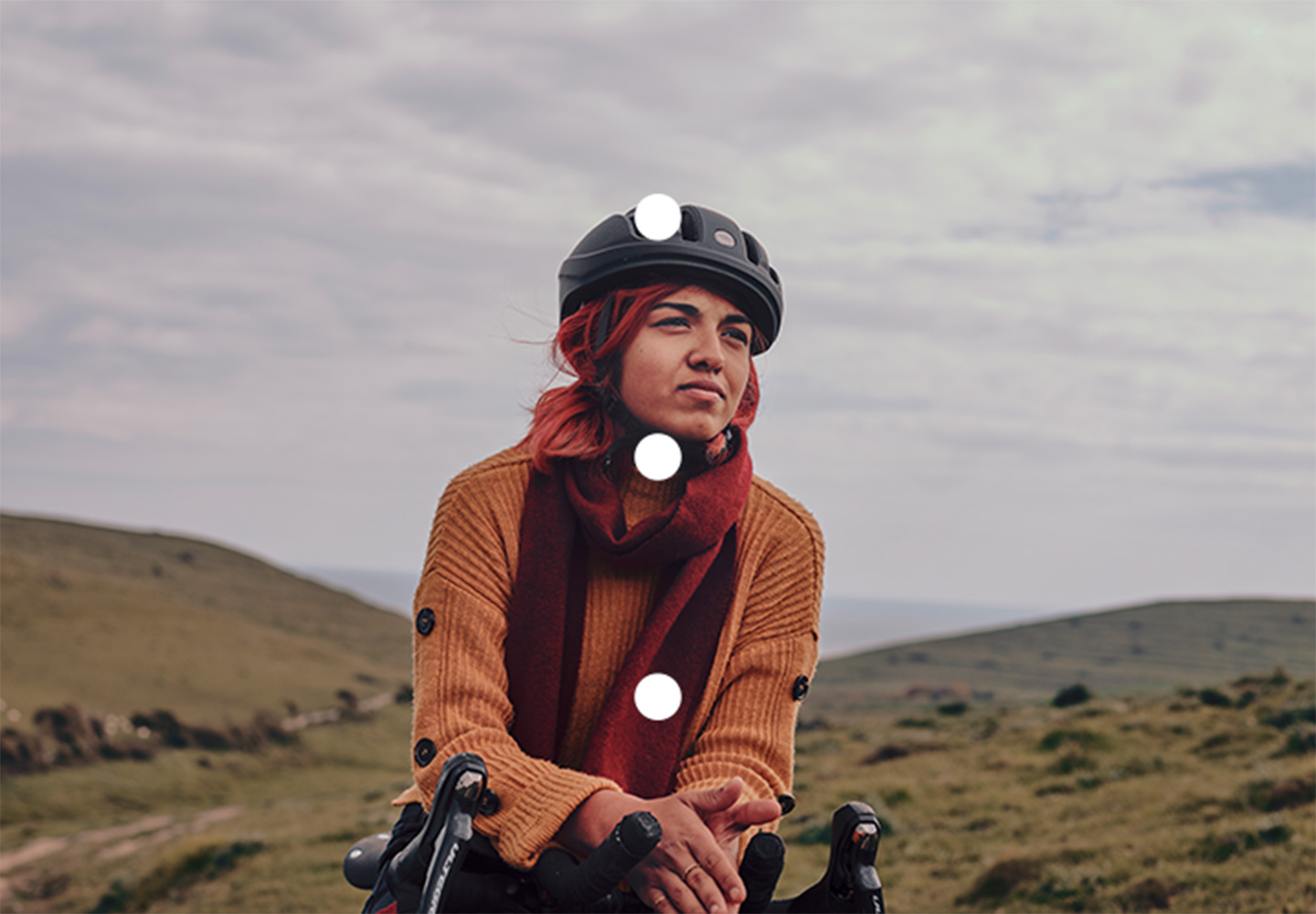
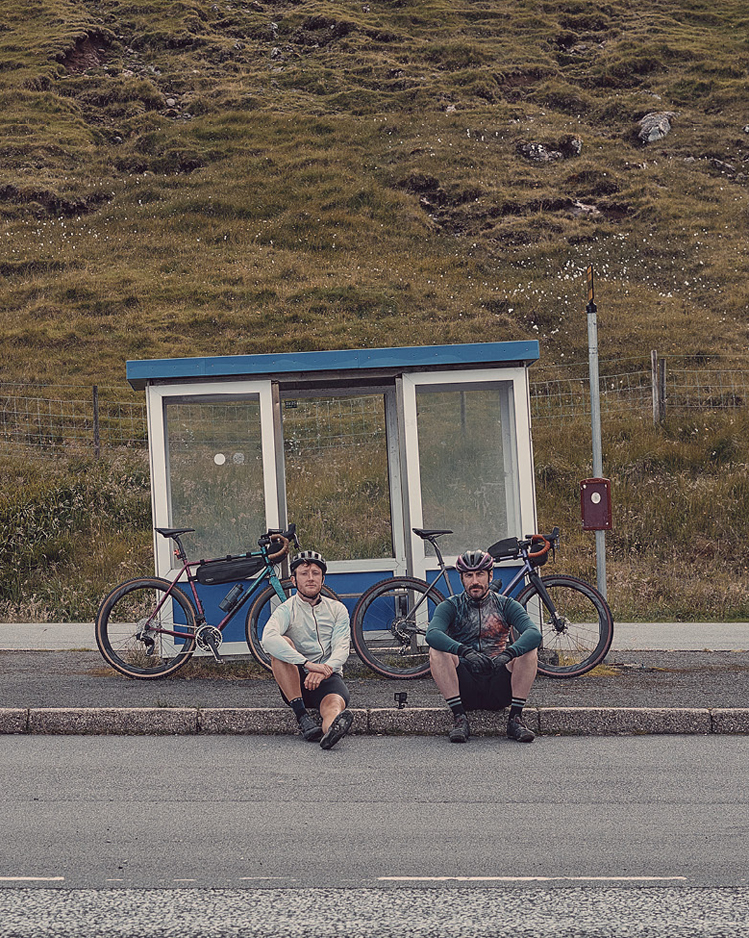
Journeys
Beneath ancient stars
Exploring the Faroe Islands with the help of the Brooks SCAPE bike bag range.
By Tom Owen
A few weeks after the expedition speaking via Zoom from his home in London, Tom Jamieson described the Faroe Islands as “a funny old place for riding bikes.” The photographer, who has shot luminaries like Greta Thunberg and Rose McGowan around the world for the likes of the New York Times and The Telegraph, is modest, unassuming and certainly not one for hyperbole – so it makes sense that his first thought on his most recent shoot destination was so understated.
Funny, yes. But also wild and strange, nourishing and exciting. Abandoned, too, throughout much of the country.
“There’s no-one there. I mean, there’s literally no-one there. It can feel quite haunting at times with no humans about,” Jamieson said.
The Faroe Islands had an official population of 48,497 in 2018, the last year from which data is available. Around half that number live in the capital, Thórshavn. There are 18 islands in total that make up the self-governing territory – which is part of the Kingdom of Denmark – and so some islands have just a handful of inhabitants.
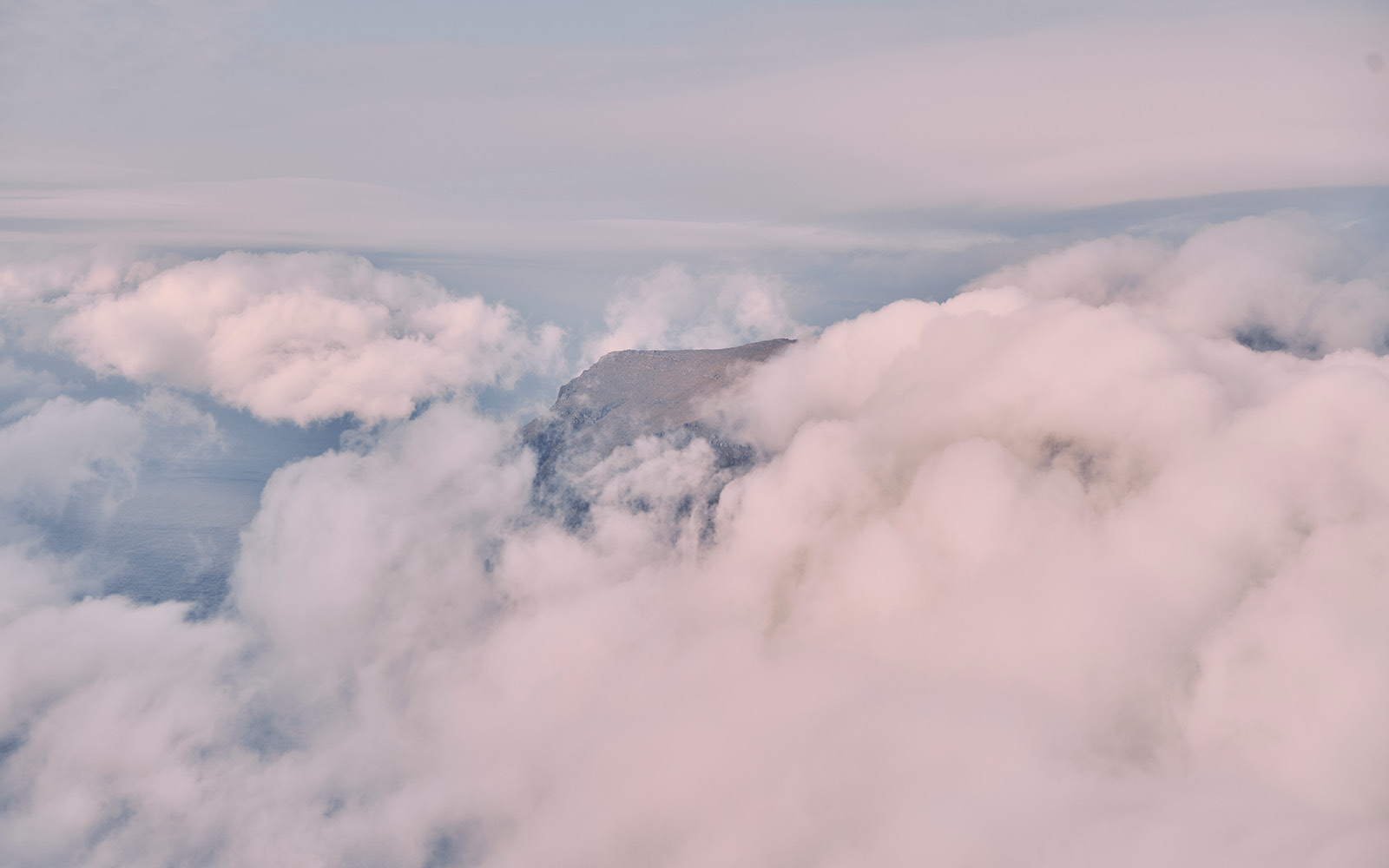
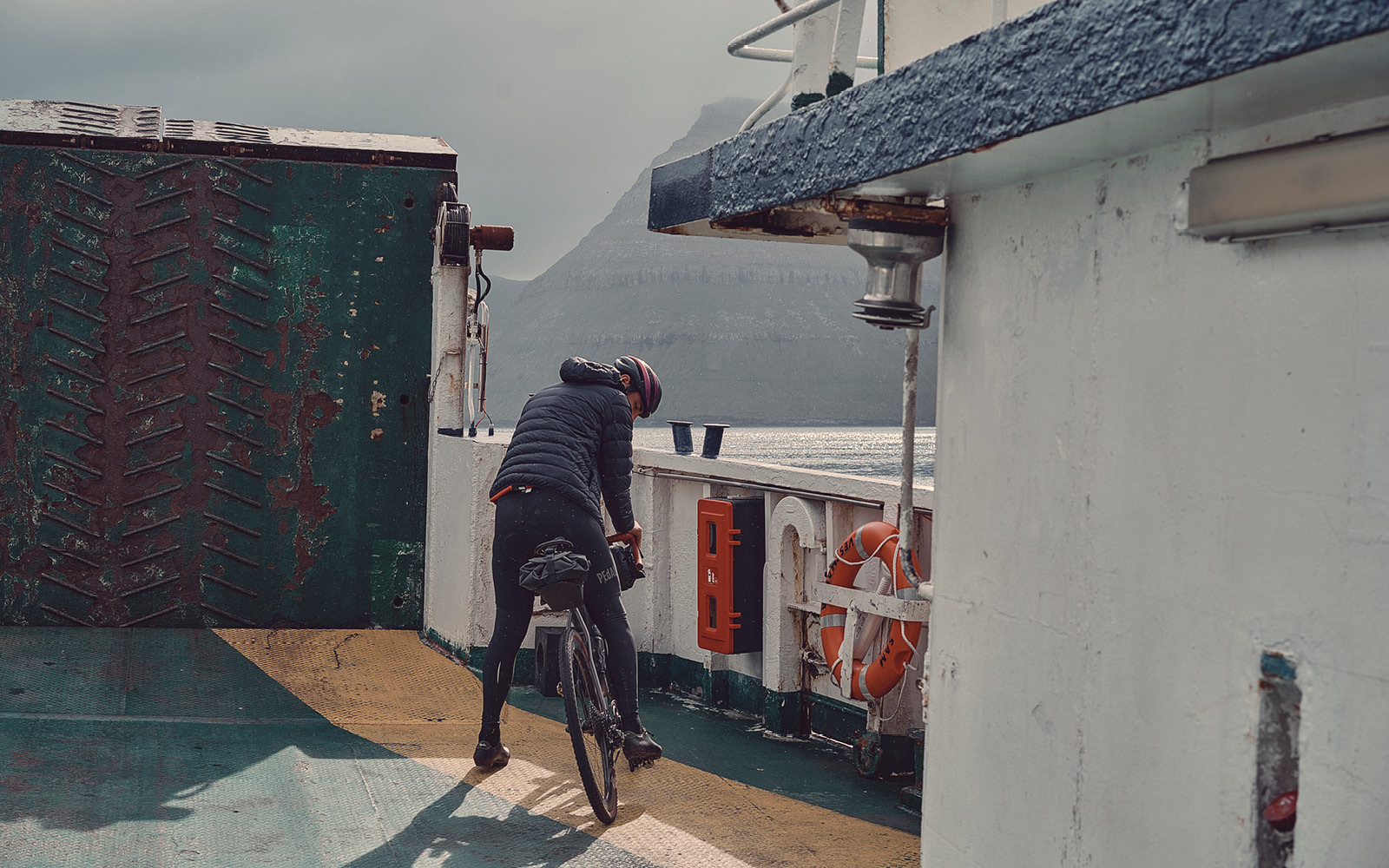
The Faroes present several challenges to the travelling cyclist, but one of the largest is the paucity of roads. It is a nation which caters first and foremost to its two main industries; fishing and agriculture, so there are only a few roads connecting the absolutely essential locations.
With scarce traffic, there’s rarely, if ever a need for an ‘alternative route’, so none is provided.
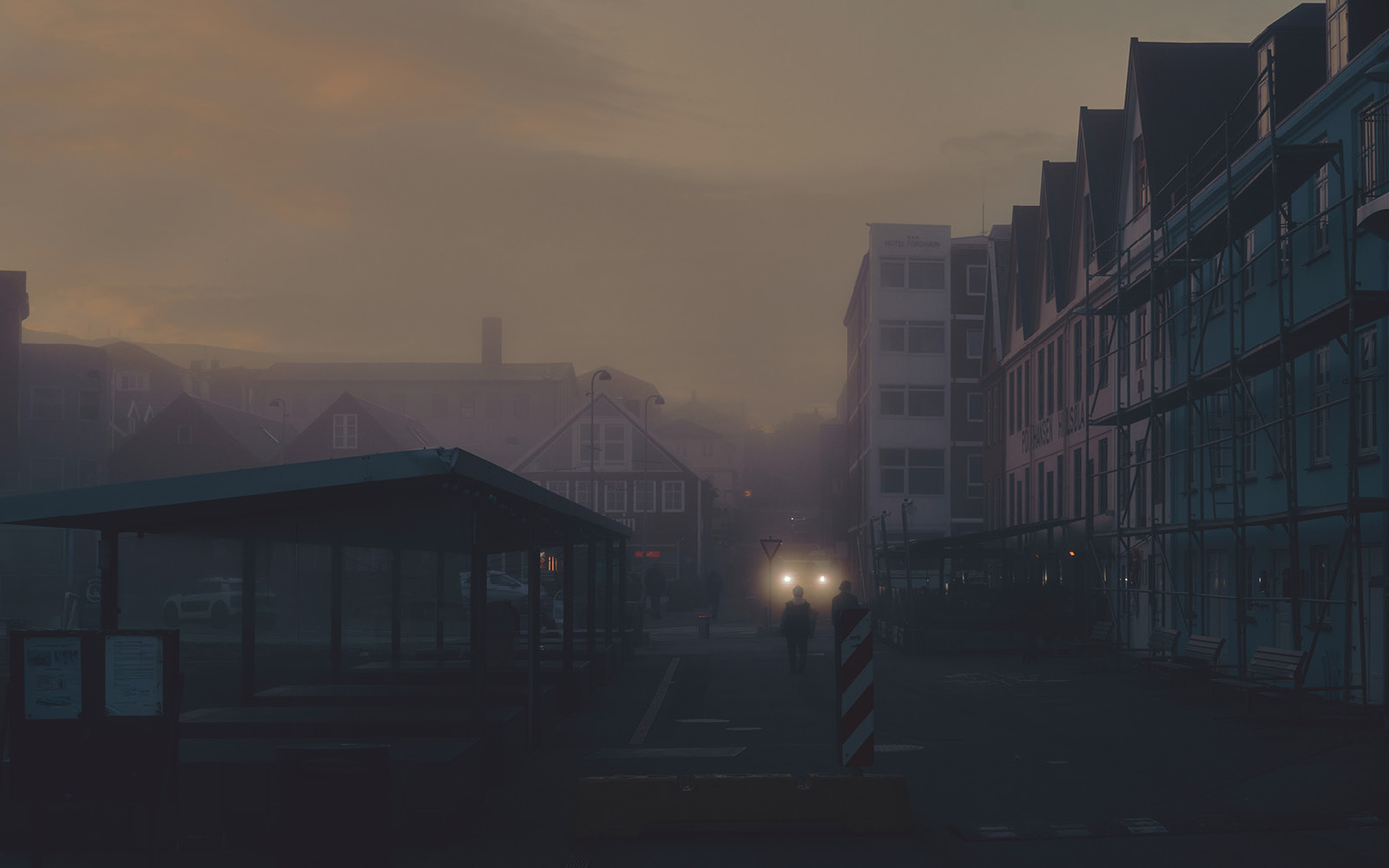
Robert Quirk explained, also via video call a couple of weeks post-trip, a bit more about the Faroes’ roads and trails.
“When they talk about the Islands, everyone’s always like ‘oh there’s no traffic there’, but in reality – because there’s only a small number of roads in and out of the capital – there’s actually tons of traffic on the main road. But once we were out of town there’s some really beautiful bits. We did a bivvy on one of the islands and that was truly amazing. It’s a weird place – wild but quite familiar too. So, it makes for a really cool, nice little getaway.”
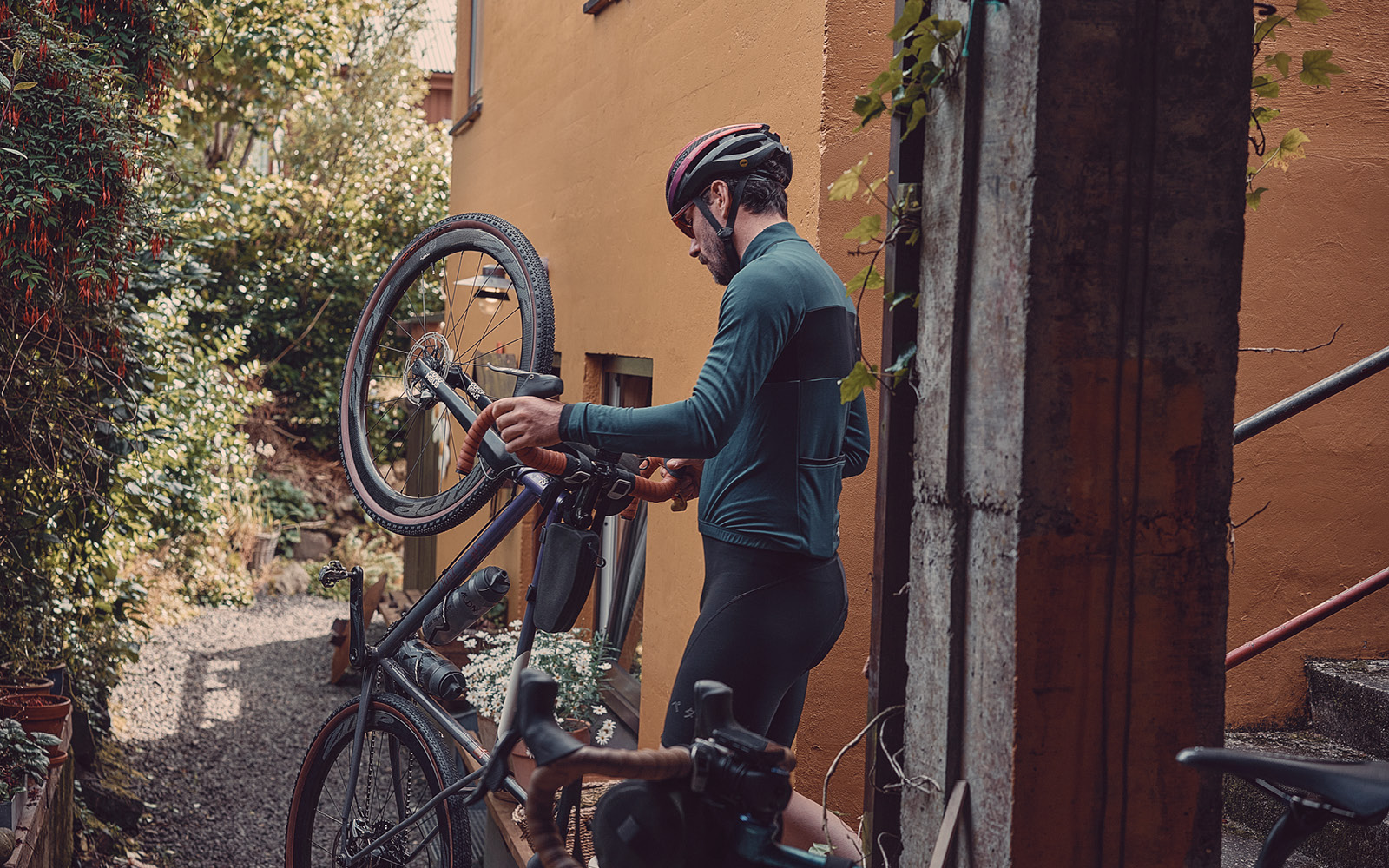
In the planning stages, Quirk and Jamieson discovered some obstacles. With little data on Komoot and Strava to go by, and grainy imagery on Google StreetView – those tried and tested tools by which a bikepacker might usually inform their route choices – the two riders were left to go out and see what the road presented to them; they had entered into the territory of pure trial and error.
“It’s absolutely stunning – the best comparison I could make based on my own experiences is to the Highlands or the Isle of Skye, but that doesn’t really come close to the drama of the terrain,” said Jamieson, encapsulating in a sentence the feature of the Faroes that makes everything else worthwhile.
“It’s absolutely stunning – the best comparison I could make based on my own experiences is to the Highlands or the Isle of Skye, but that doesn’t really come close to the drama of the terrain.”
Of course, given its far-flung position out in the Atlantic, one of the other hallmarks of the Islands is their unpredictable and sometimes harsh climate.
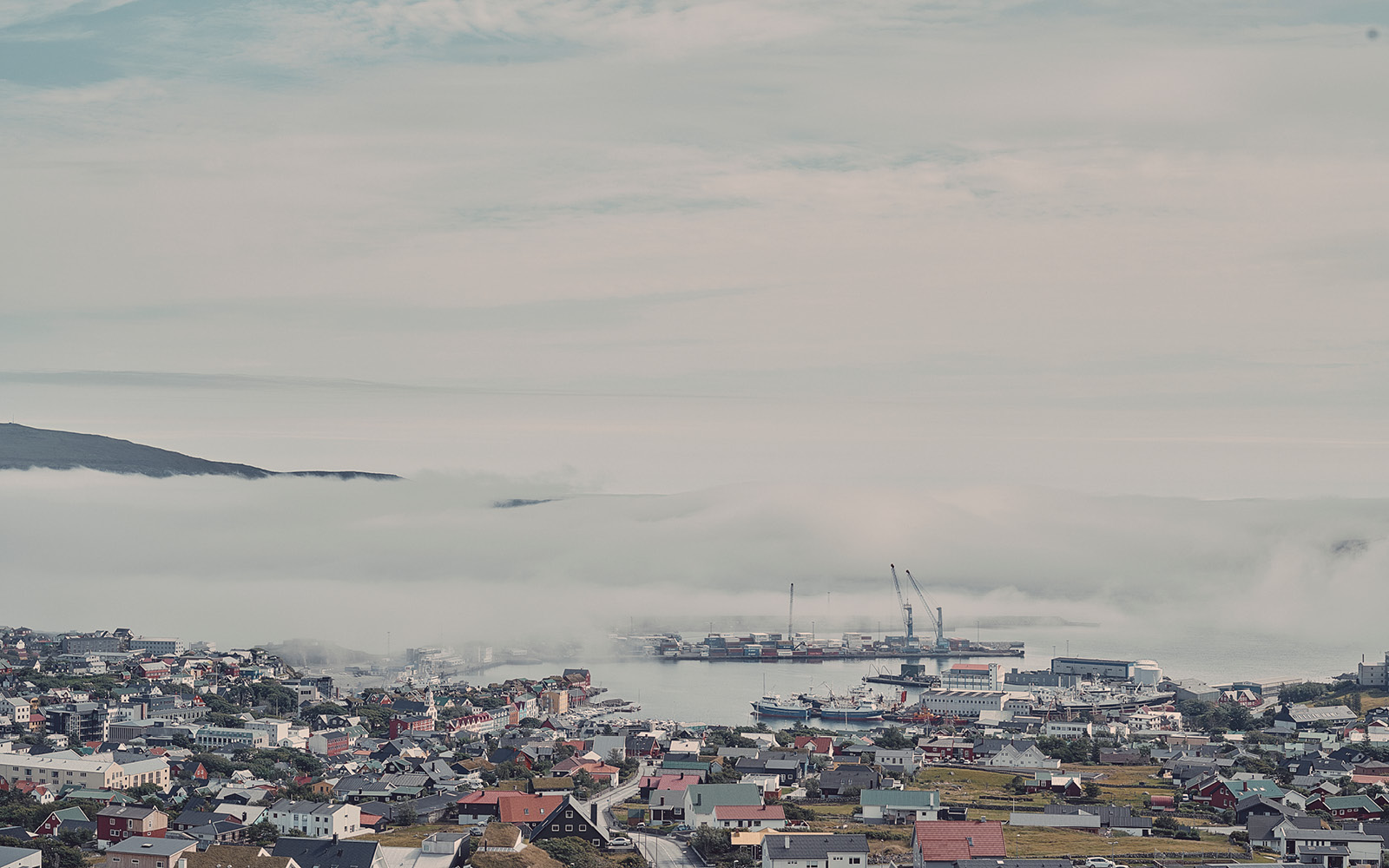
“One thing that we’d been warned about before we left was how changeable the weather is,” said Jamieson. “I’ve never experienced anything like it. We would have bright sunshine where we were stripping off layers followed by horizontal rain that soaked you to the bone, to mist where you could hardly see five metres in front of you.
“That would all happen within the space of thirty minutes. I’ve never been on a three-hour bike ride where I had to pack quite so many clothes.”
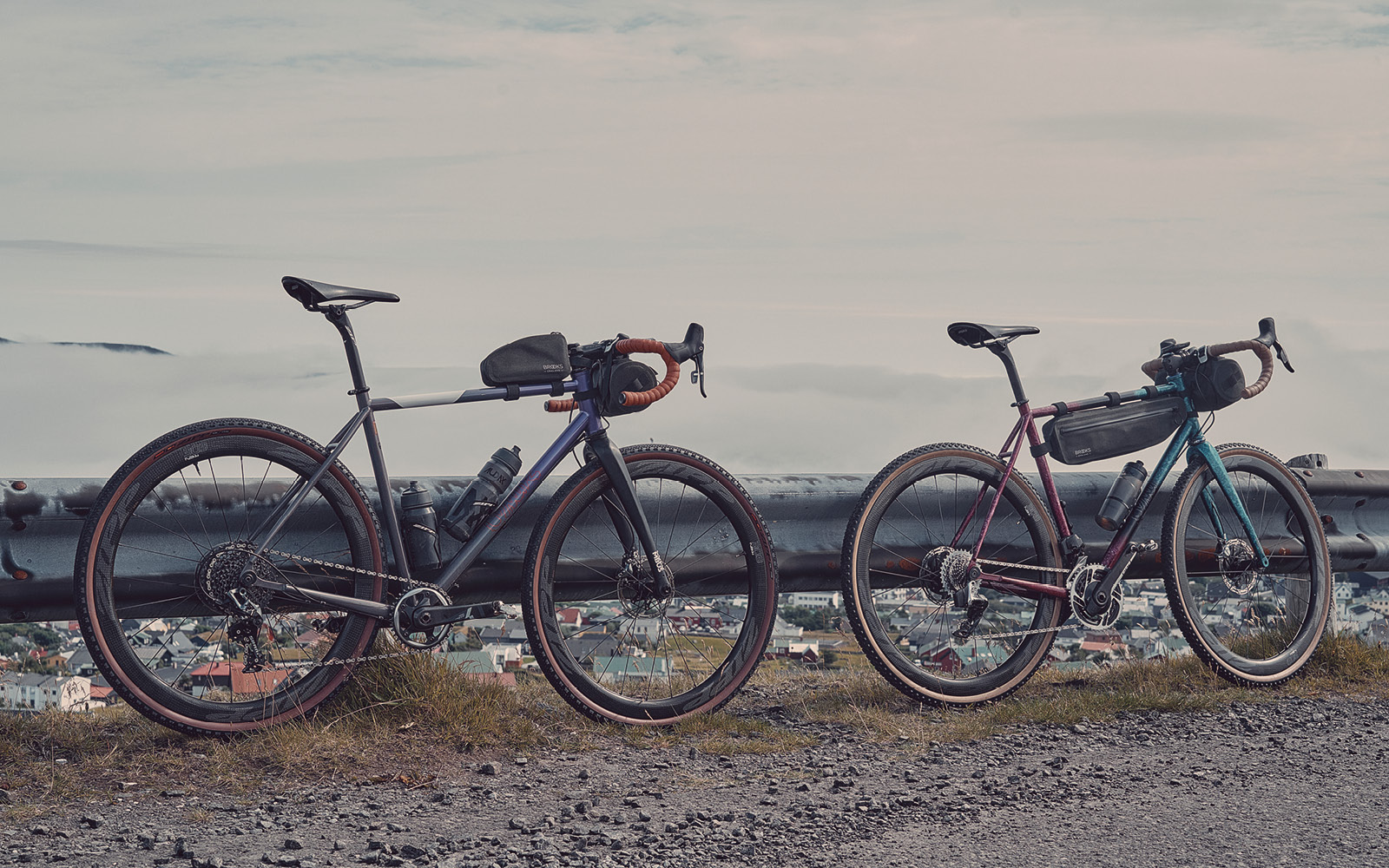
Luckily Jamieson and Quirk had enough carrying capacity in their Scape travel bags to prepare for every eventuality.
“The Scape saddle bag is the best saddle bag that I’ve ever used and the whole collection is hands down the most stylish bikepacking kit you can get. There’s a whole range of bags, so you can kind of mix-and-match. So, you know, frame bag, saddle bag, top tube bag and then like a double handlebar bag which is quite interesting.”
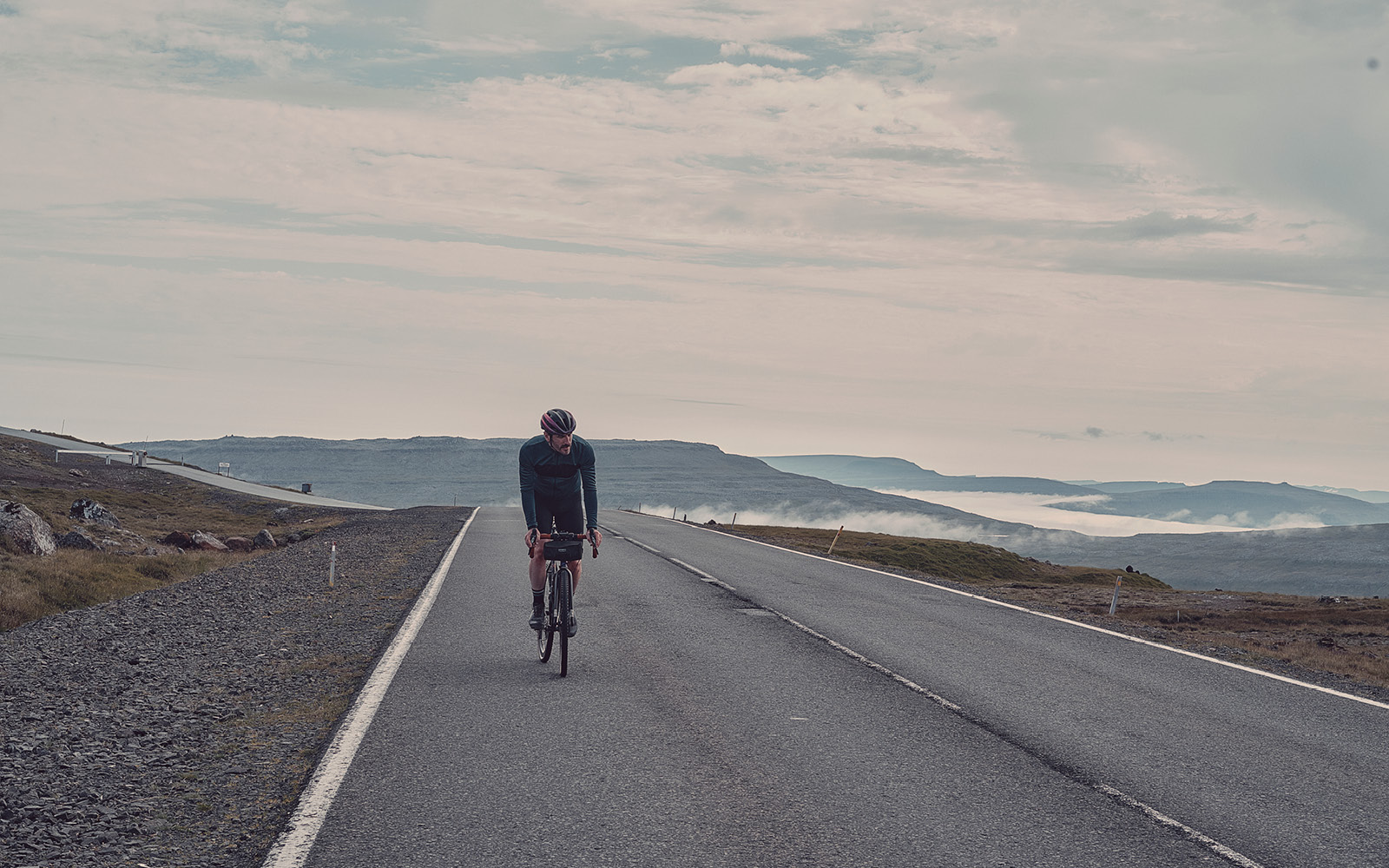
The Faroes’ reliably unreliable weather steered Jamieson and Quirk towards a change in approach.
“We did one night out. The plan originally was to camp for the whole time. We had to readjust the plan and I spoke to one or two other people that have been and they said that five nights in a bivvy was very ambitious with the weather.”
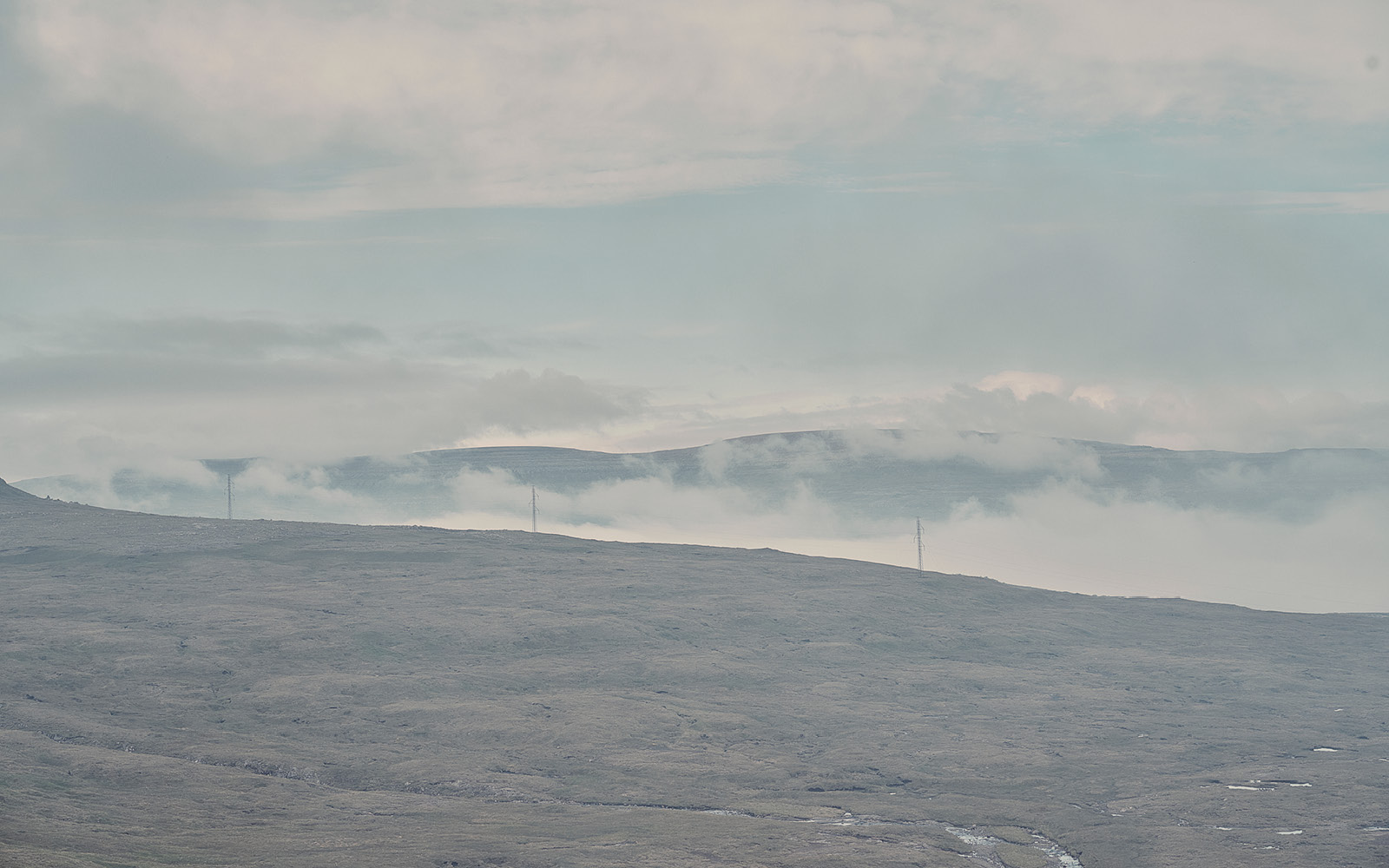
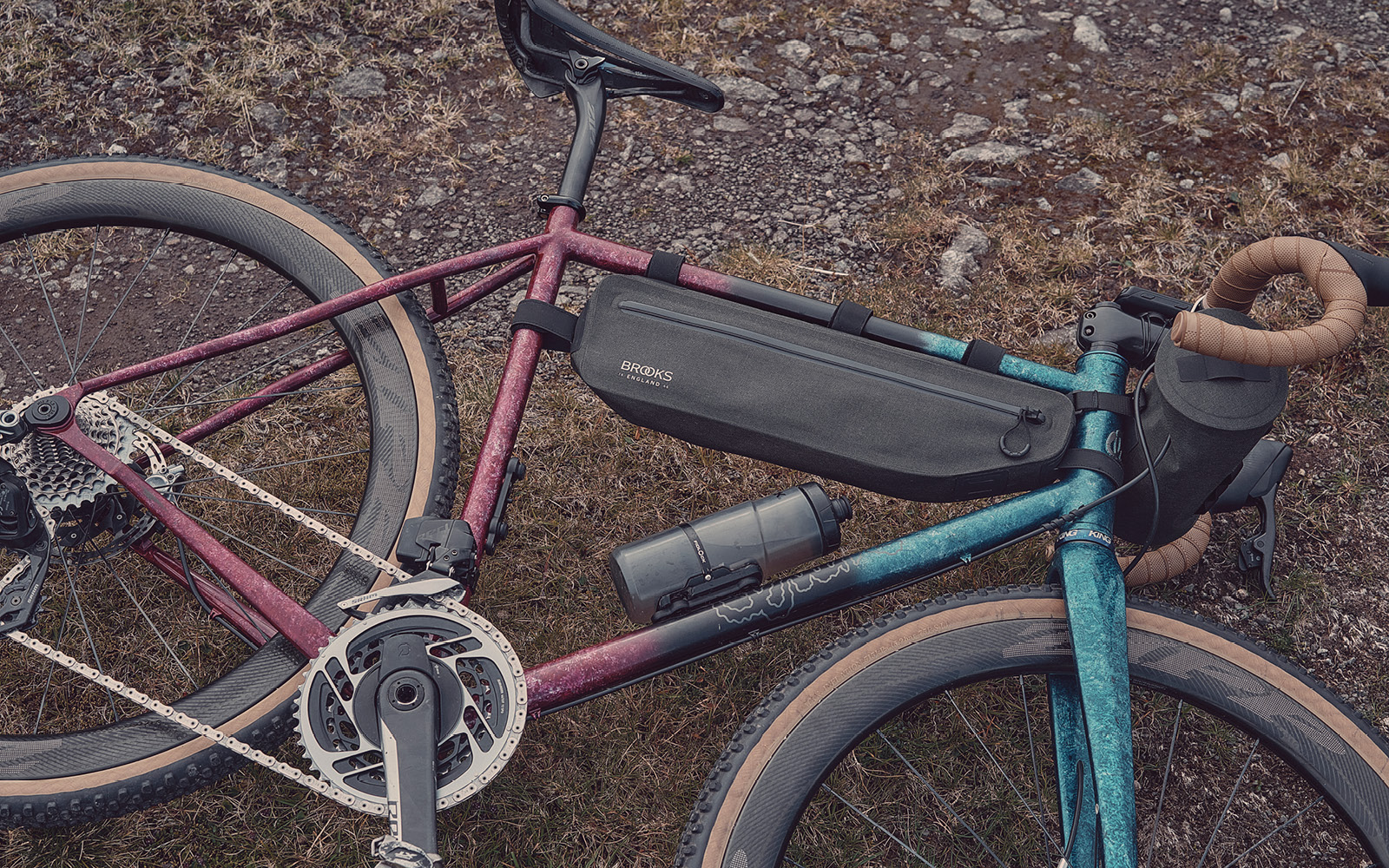
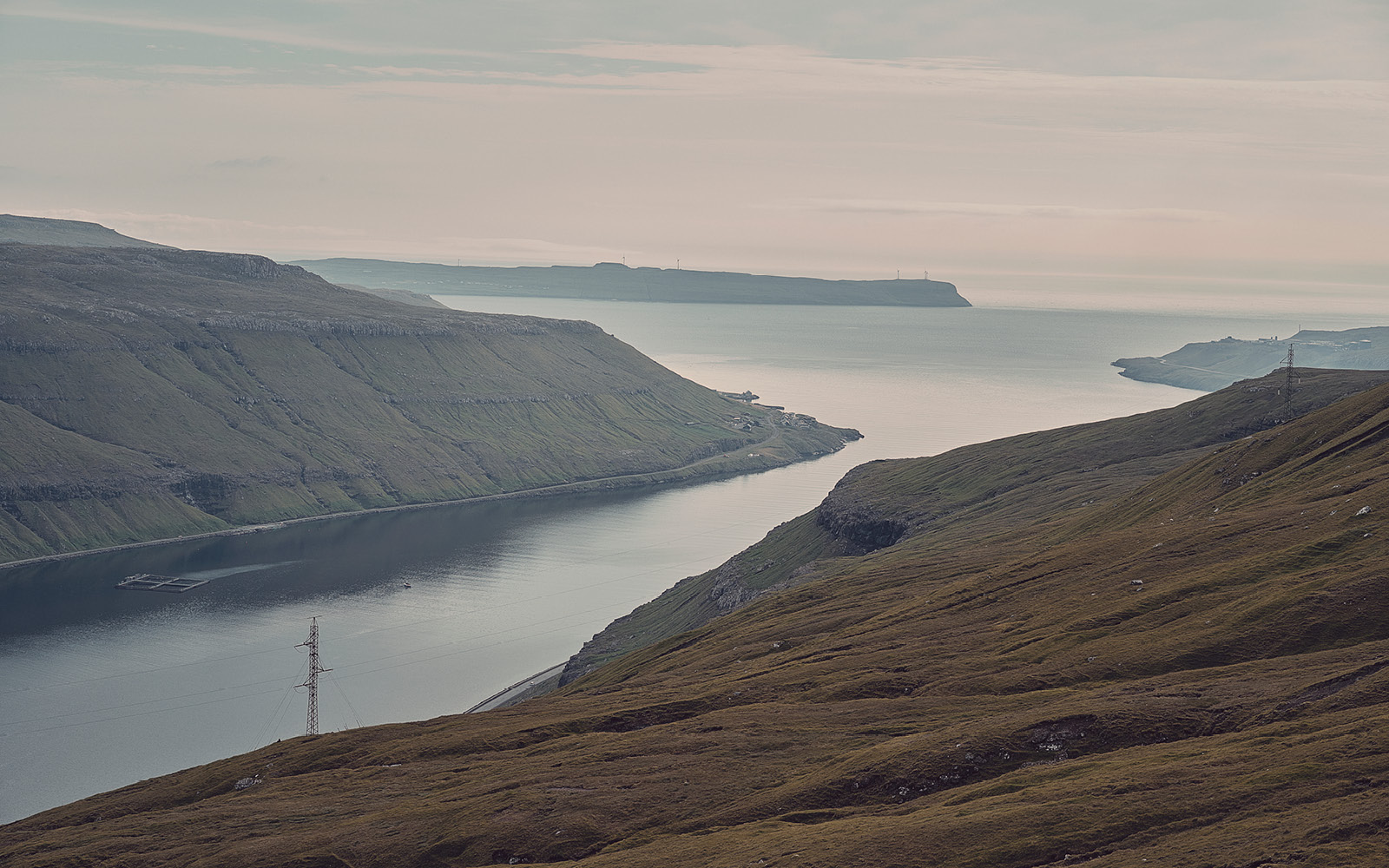
Even with the threat of being drowned out, the riding spoke for itself.
“It’s like being in the Alps. There are switchbacks everywhere but there are no cars. You get the odd truck or the odd bus, but you would be riding for an hour before anything went past you,” said Quirk.
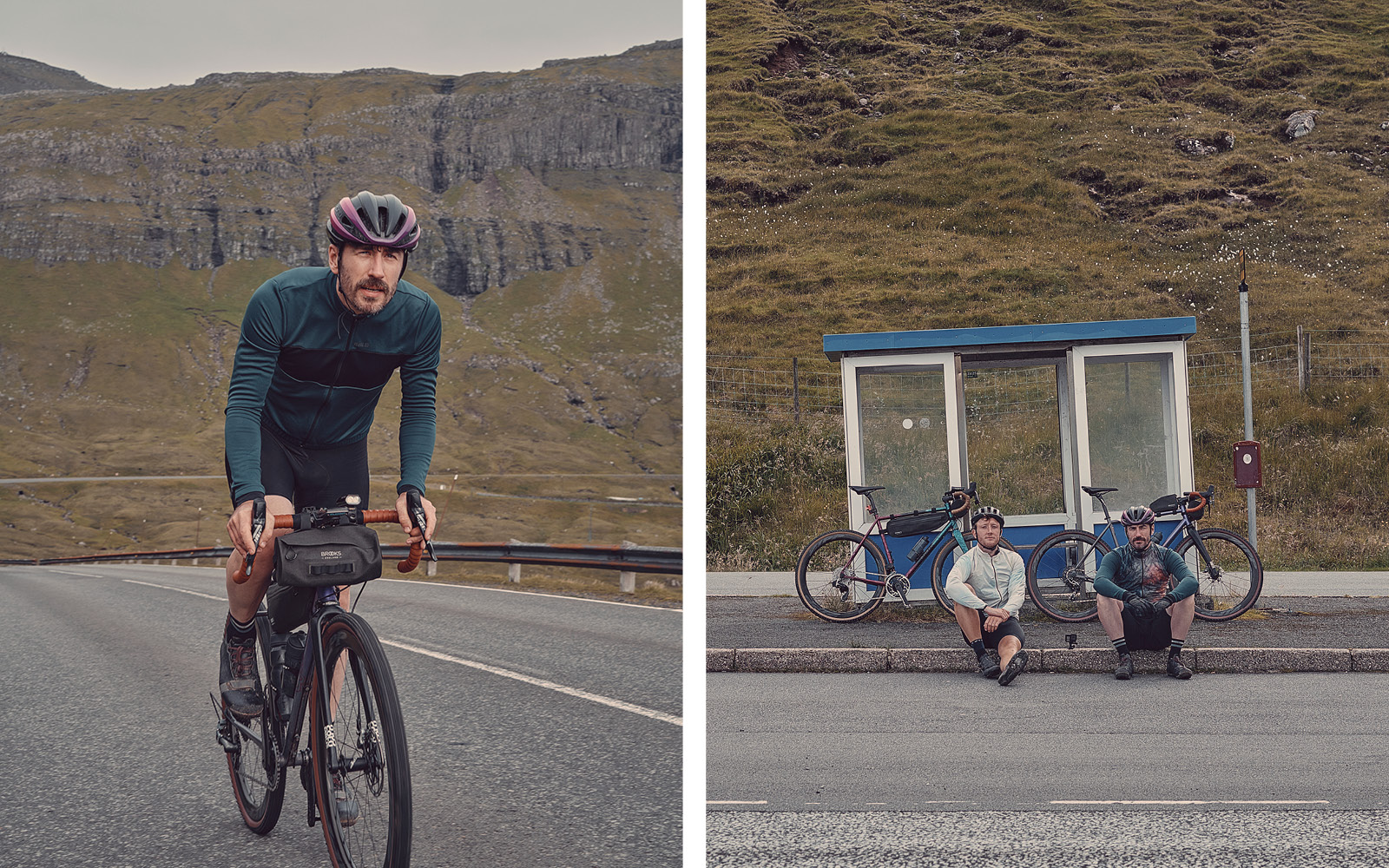
To truly test the capability of Brooks’ new Scape collection of modular bike travel bags, the pair planned an overnighter to the Kallur lighthouse on Kalsoy island – a place where you are more likely to bump into a sheep than another human.
This impressive location would act as their home away from home for one night under the stars and their Scape bikepacking bags would convey to the destination all they needed for the adventure.
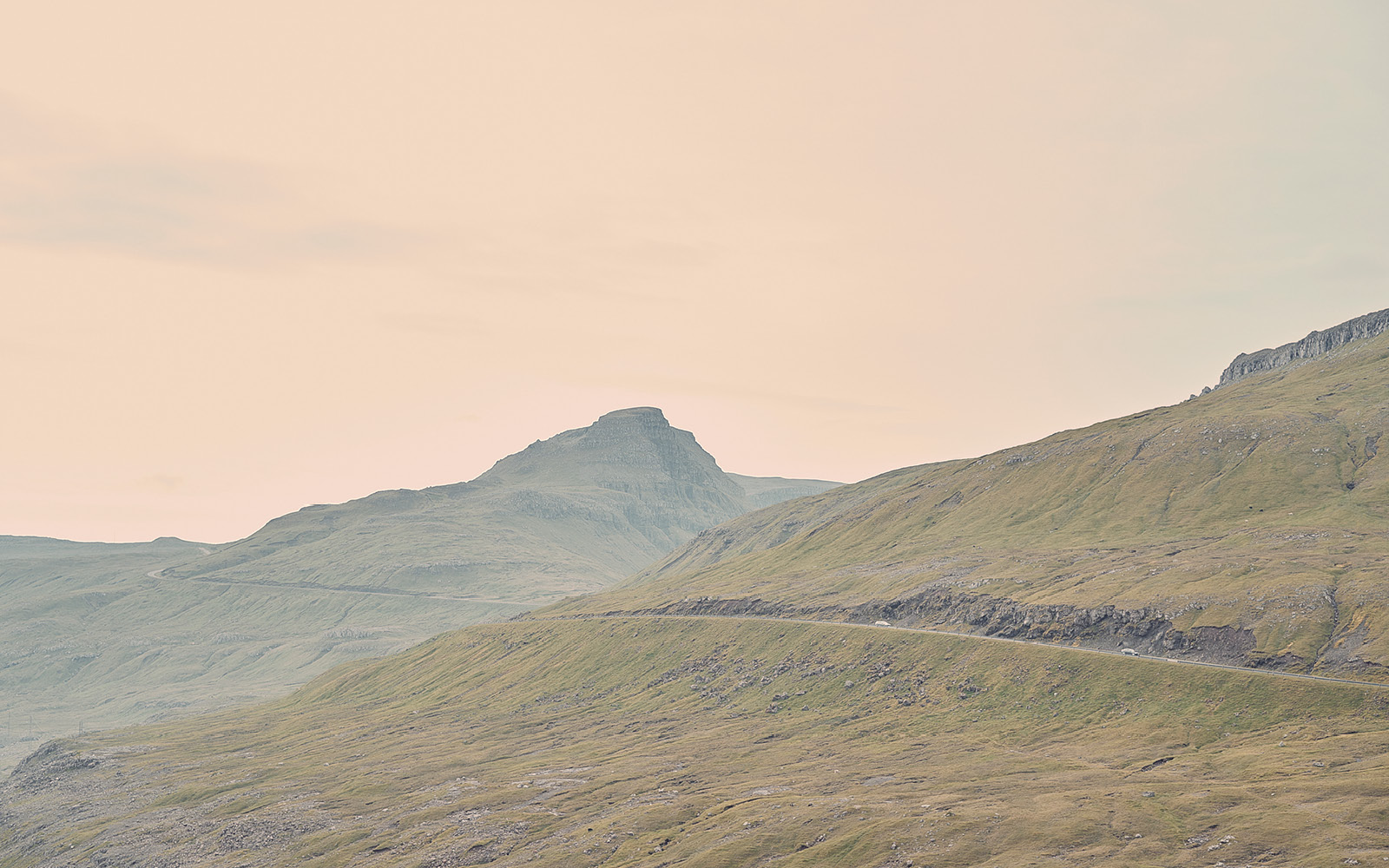
Having adjusted to the climate as best they could, the pair embarked on their journey to Kalsoy. With its rugged landscape and cascading waterfalls, it is easy to see why it’s frequently named as one of the world’s most beautiful natural places.
To get to Kalsoy the pair first had to ride through one of the many underwater tunnels that connect the larger islands of the Faroes and then catch a ferry to the even-more-remote island.
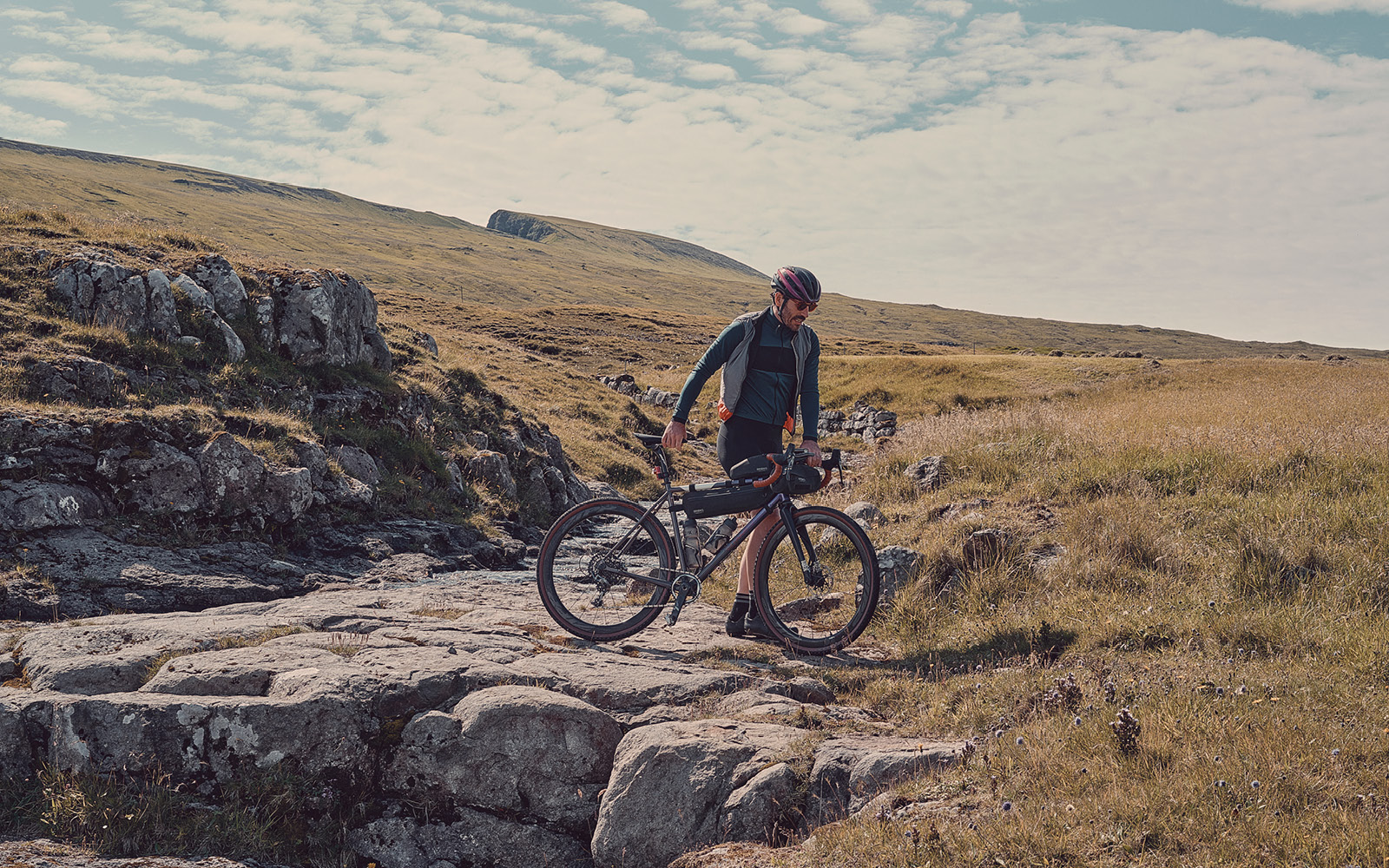
“You’d descend into this tunnel that would go downwards for maybe three kilometres deep into the sea and then come up for three kilometres. It was wild, you would just be cycling in the dark for twenty minutes,” recalled Quirk.
When they reached the island of Kalsoy, the two began the trip up to their majestic bivvy spot where they would spend the night.
“You’d descend into this tunnel that would go downwards for maybe three kilometres deep into the sea and then come up for three kilometres. It was wild, you would just be cycling in the dark for twenty minutes.”
Having disembarked the ferry at the southern end of the island, the pair snaked their way along the single thirty-kilometre road before it petered out into a small track that services the Kallur lighthouse. Kalsoy has just four tiny settlements on the island, with 80 permanent residents, and this short strip of tarmac joins all of them, connecting Syðradalur where the ferries land to the start of the goat track at Trøllanes.

From the start of that track, it would be a case of hiking the rest of the way on foot for Quirk and Jamieson.
After an hour and a half of pushing their bikes up the broken pathway, they finally crested the ridge and reached their destination. There stood the picturesque Kallur lighthouse and towering over it the island’s iconic peak, Borgarin, standing out like an Atlantic Machu Picchu.
“We had cycled as far as Trøllanes and hike-a-biked the rest of the way around the headland up to Kallur Lighthouse,” says Jamieson. “It’s one of the most northern points in the Faroes. It was the standout moment of the trip, looking out to the north over the cliffs there.”
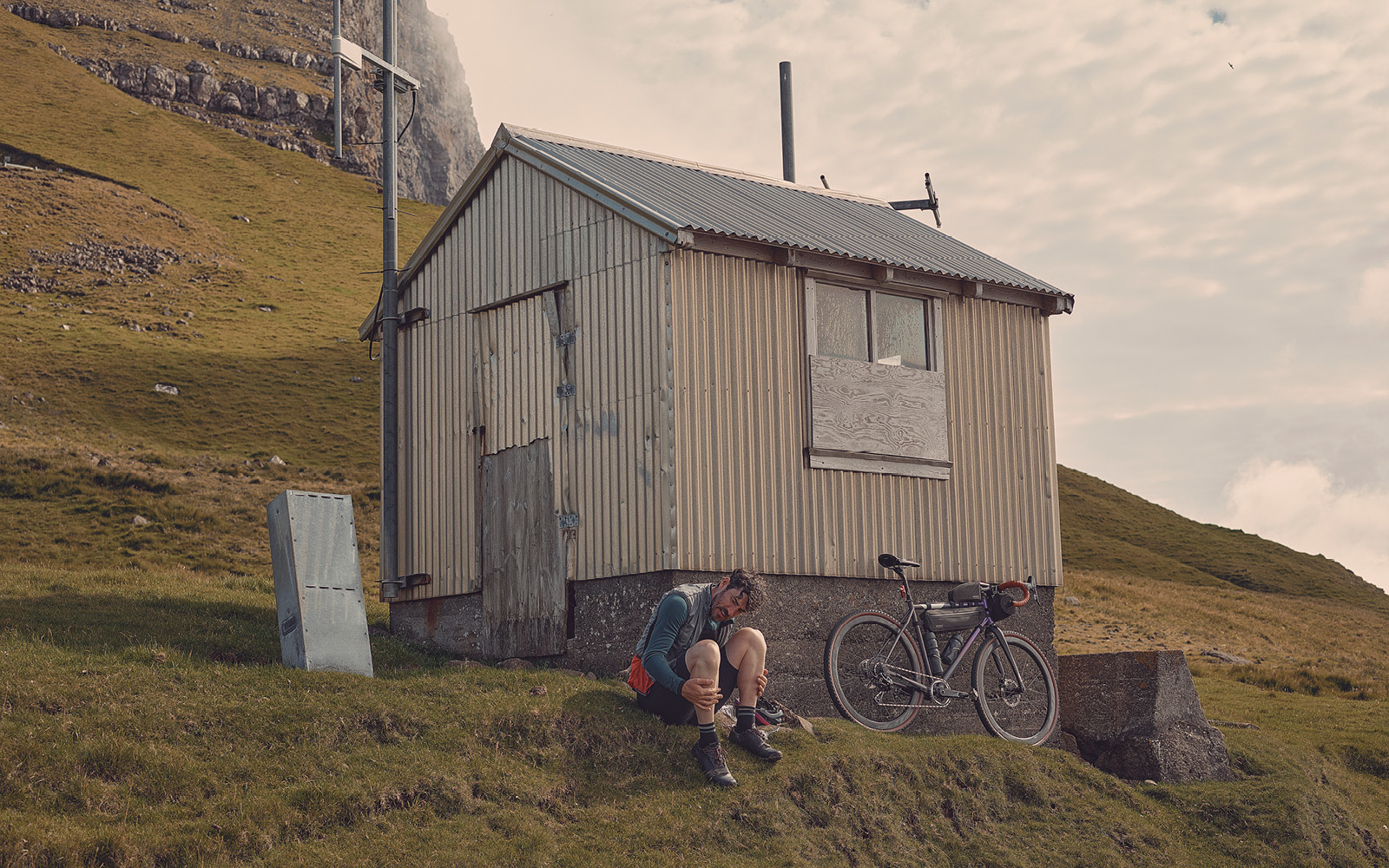
Amid everything else going on in the world, the view out into the open expanse of the North Atlantic, and beyond it the Arctic, provided a time for reflection as the two prepared to hunker down for the night with only the local sheep for company.
“The place was absolutely unreal,” Jamieson recalls, “That was the day that made the whole trip worthwhile for Rob and I. It’s no exaggeration to say it felt like being at the end of the world.
“We didn’t see another living soul that day once we reached the lighthouse.”

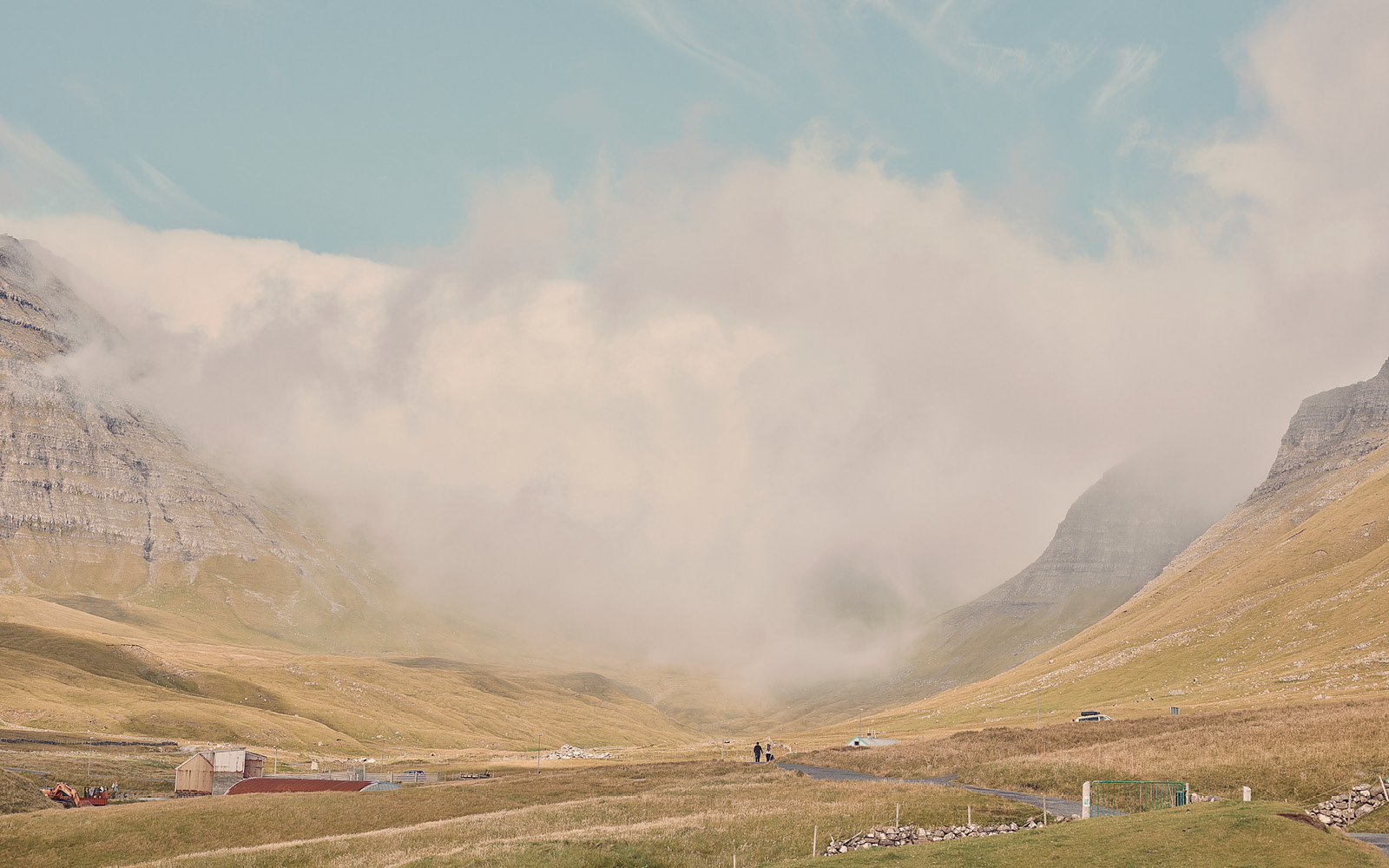
After taking in the views and marvelling at creation, the two riders headed back down the mountain to the village of Mikladur.
“We set our bivvy bags up on a hill overlooking the neighbouring island of Kunoy and enjoyed the views.
“I love that momentary confusion you feel when you wake up in one, those few seconds it takes to remember where you are and what you’ve woken up to.”
“You spend a lot of time looking at light as a photographer and the difference between the view in the evening and the view in the morning was something else.”
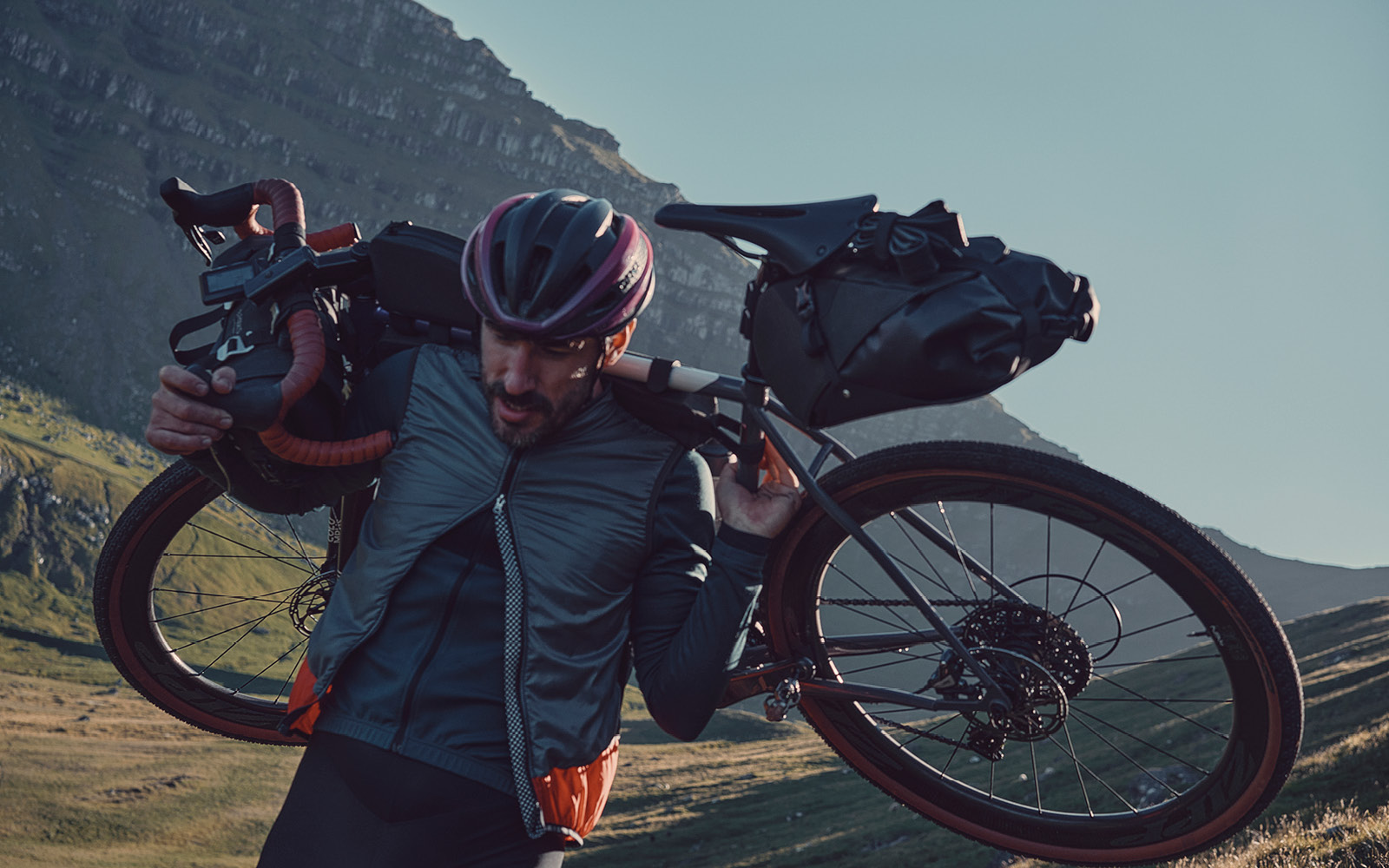
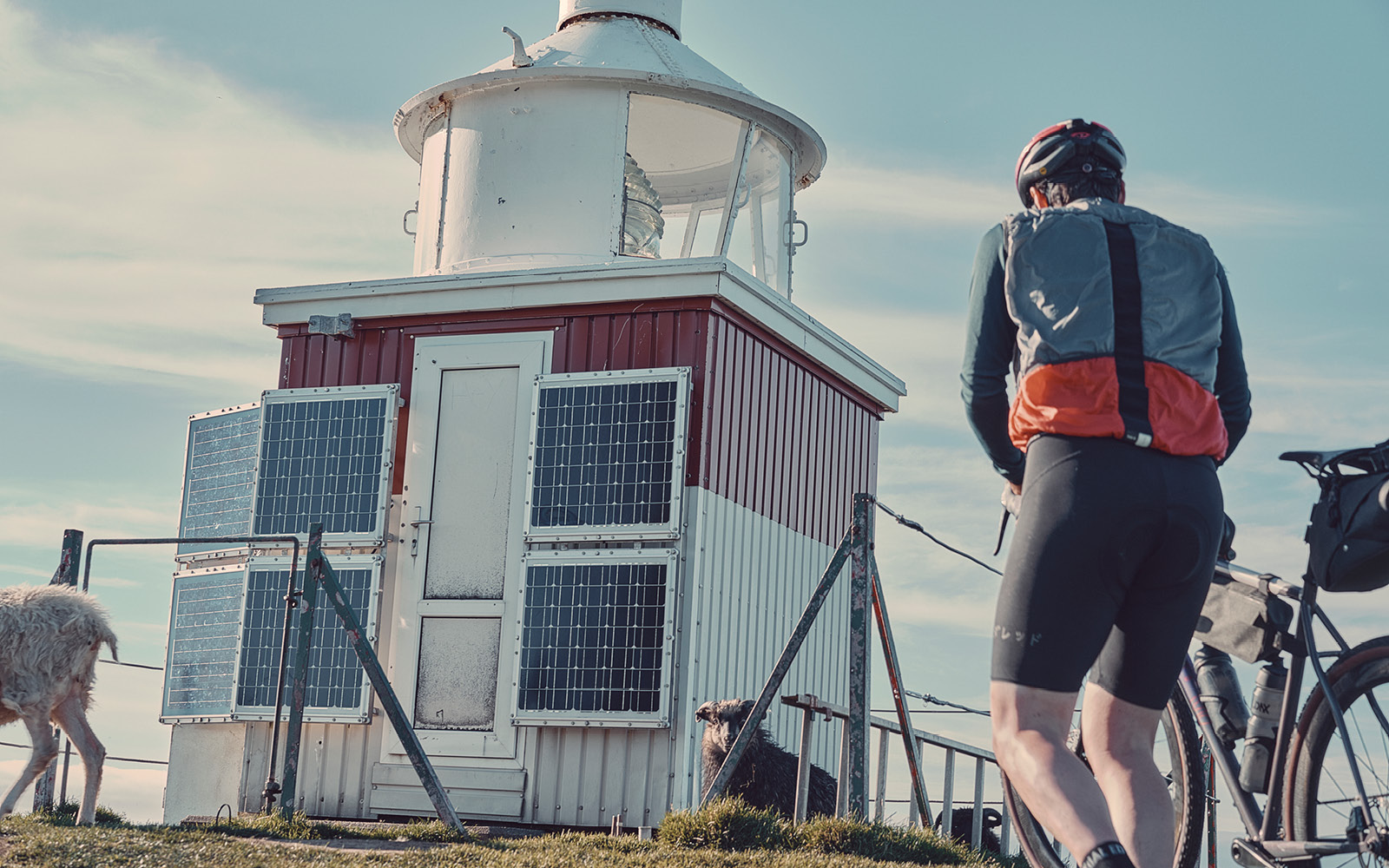
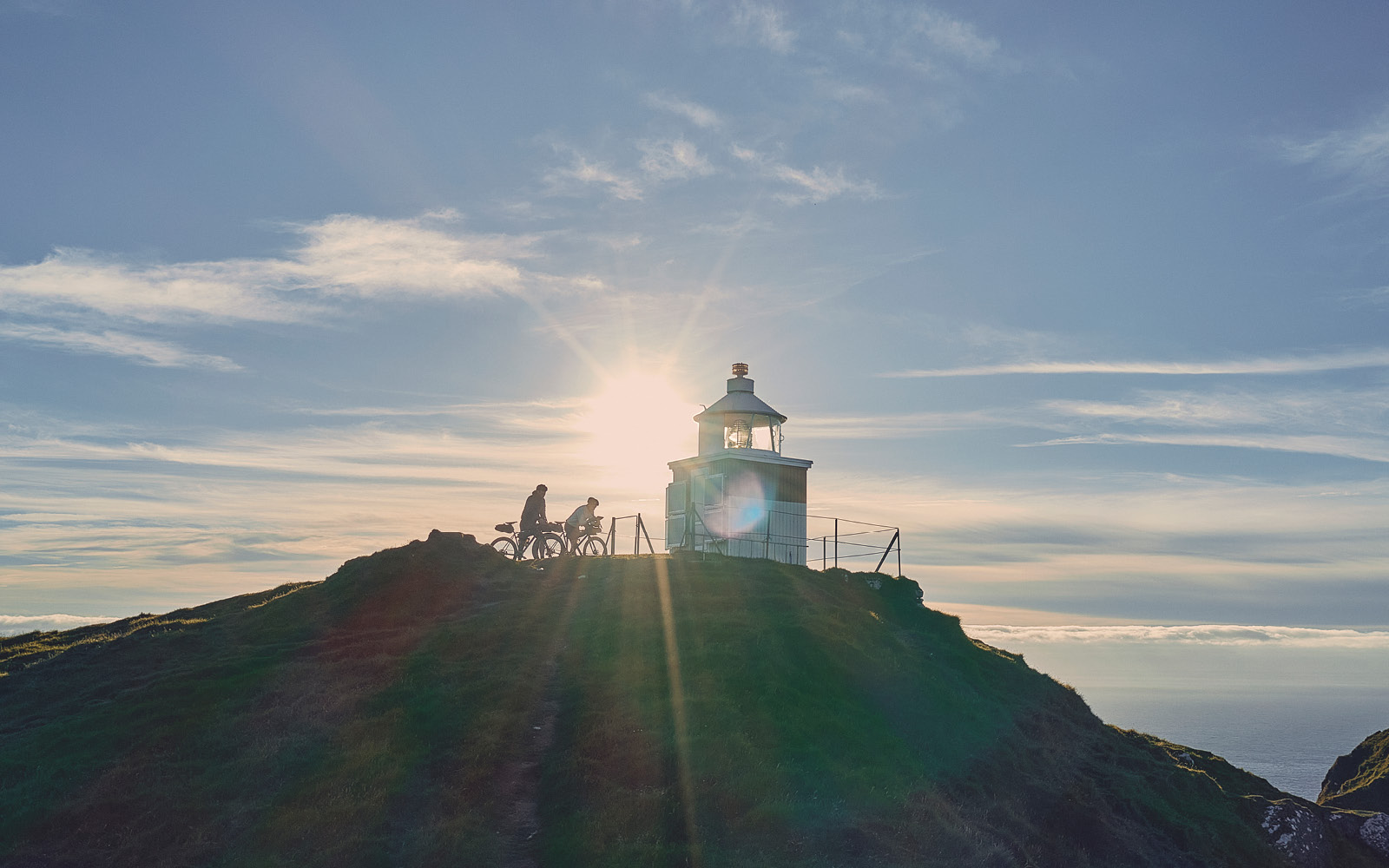
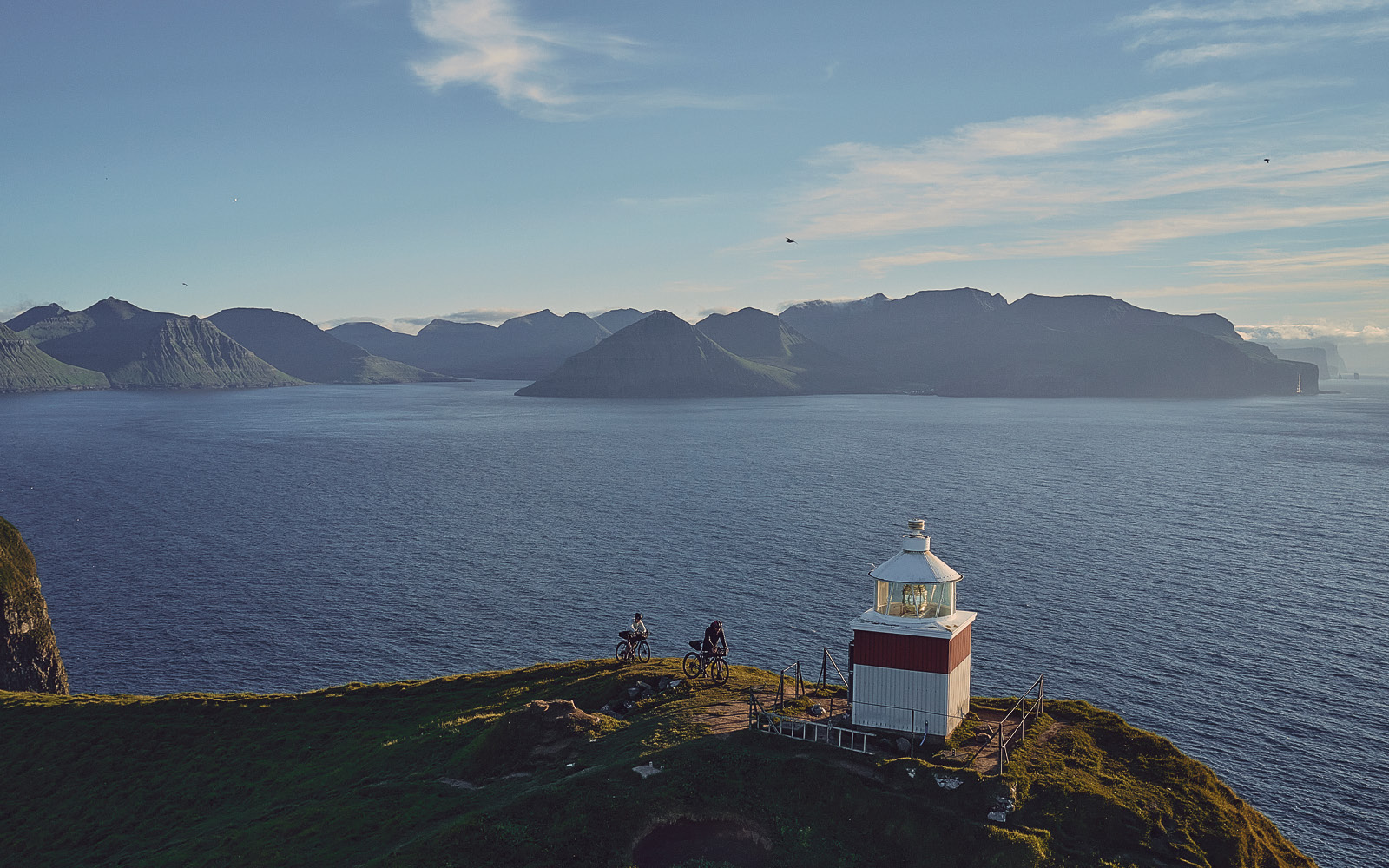
For Jamieson, to sleep outside without a tent over one’s head is a truly special experience that opens a new way of seeing the world.
“I love my bivvy, I love that momentary confusion you feel when you wake up in one, those few seconds it takes to remember where you are and what you’ve woken up to.
“There’s nothing like camping under a blanket of stars or waking up to a view that in that moment is all your own. I’ve been fortunate enough to have that experience a lot in the last few years and it’s equally as good whether at home in the UK or on a trip to one of the farthest flung reaches of the inhabited world.”
Tom’s Faroe bag setup
Rob’s SCAPE choices
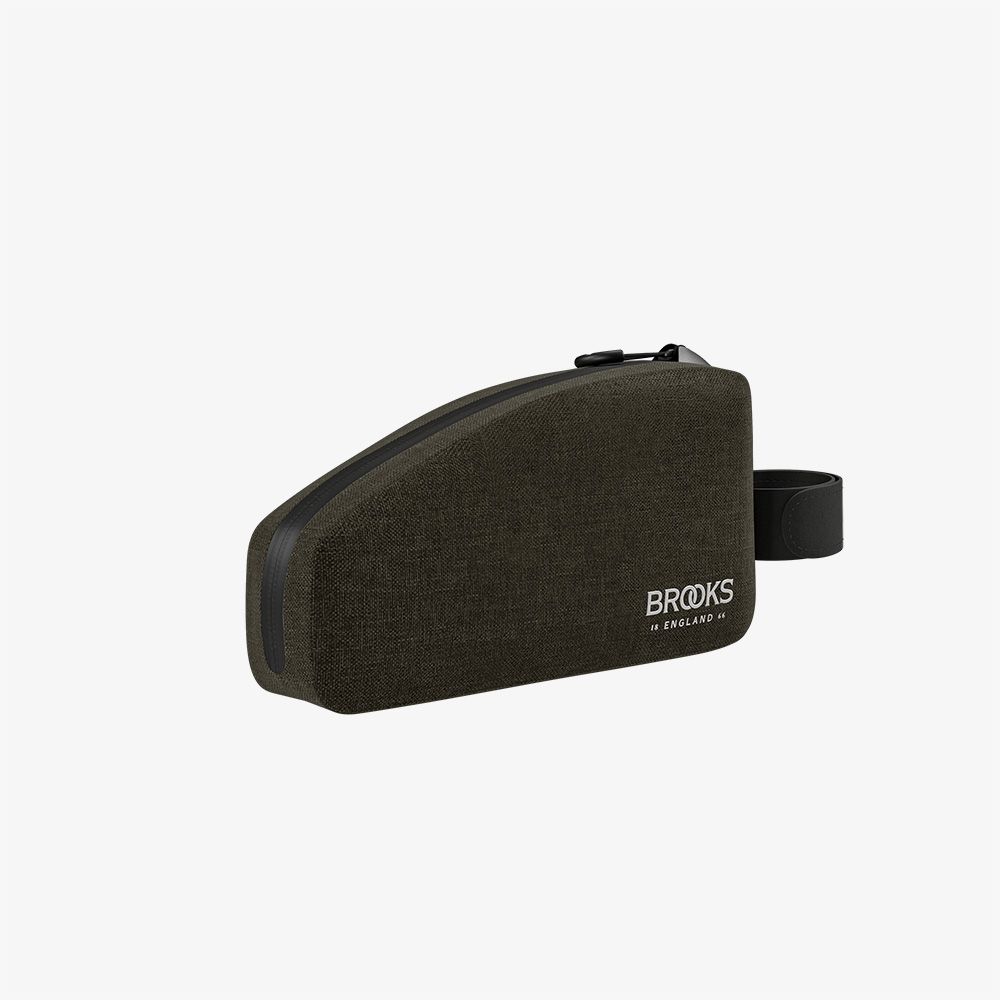
Scape Top Tube Bag
100% waterproof bag convenient for storing your valuables when touring.
DISCOVER MOREMore Journeys Stories
The land of powerful mixtures
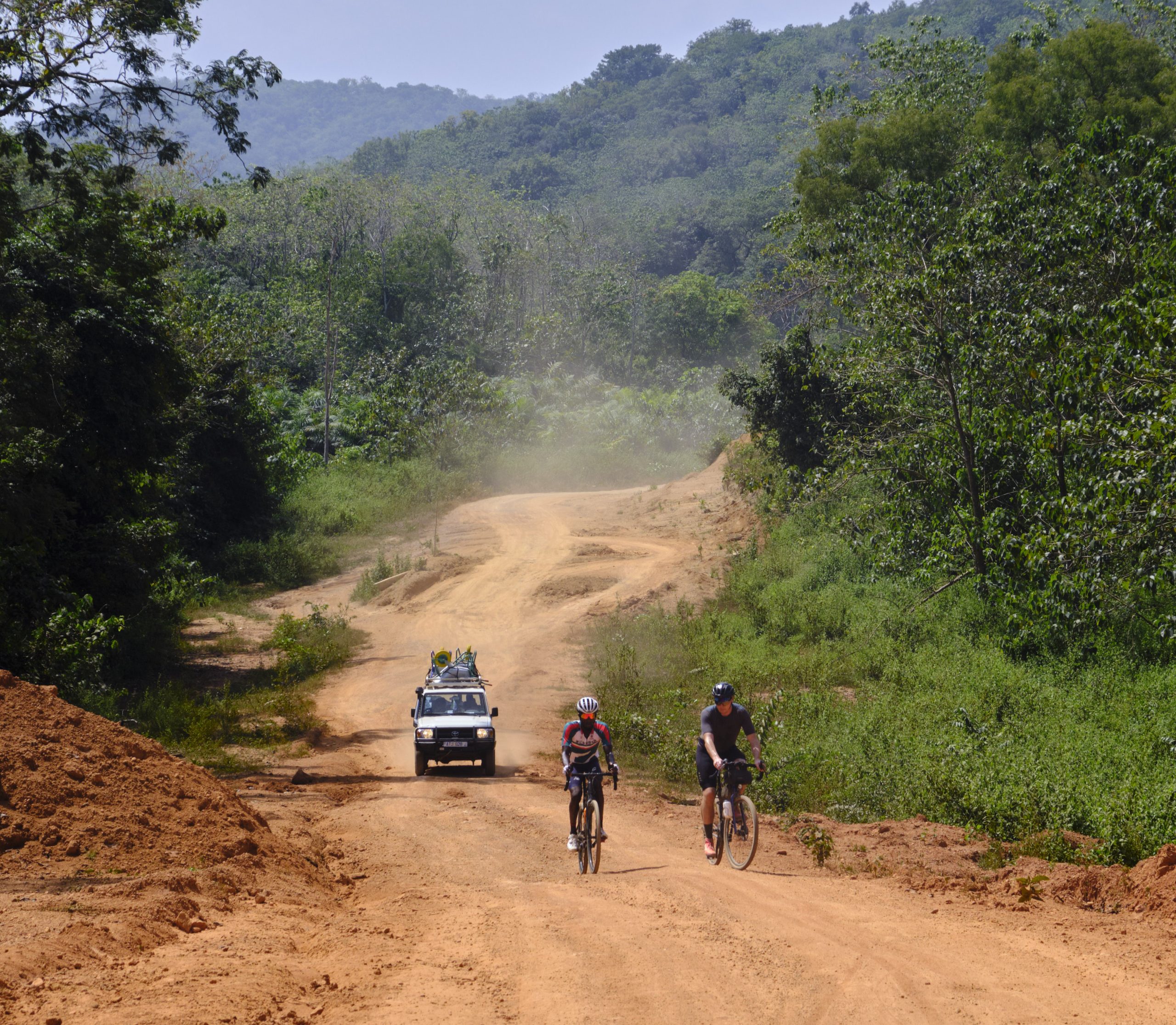
West Africa’s untapped wonderland – discovering Sierra Leone gravel
READ MORE


